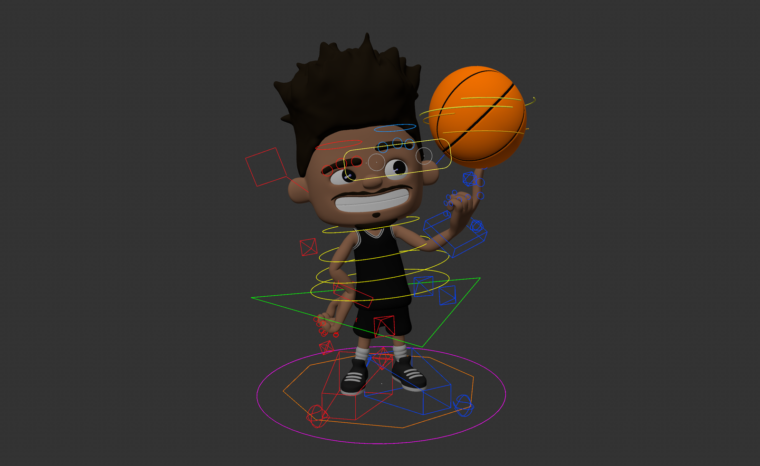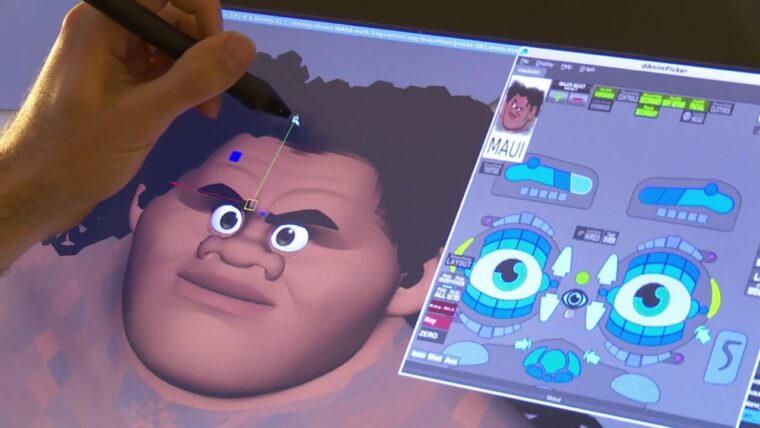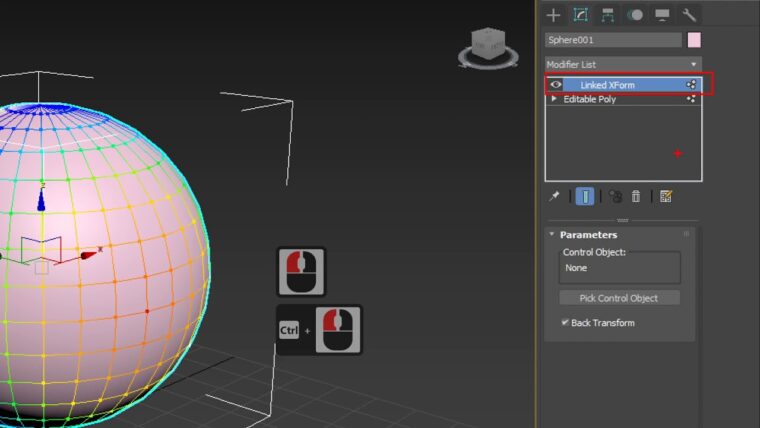Creating realistic and believable animations is the ultimate goal of every 3D animator. To achieve this, a solid foundation in rigging and a deep understanding of animation principles are crucial. In this article, we will explore some essential techniques for breathing life into your rigged 3D characters, making them appear convincing, relatable, and truly alive.
Study Real-Life References
Observing real-life references is fundamental for creating lifelike animations. Spend time studying human or animal movements, body language, and facial expressions. Observe how weight shifts during walking, how emotions manifest through body postures, and how eyes and mouths move when speaking. These observations will enrich your understanding of natural movement and help you infuse your characters with realism.
Master Animation Principles

Before diving into the specifics of rigging, it’s essential to have a strong grasp of animation principles like timing, spacing, and anticipation. Understand how to create smooth and convincing motions by applying the 12 principles of animation. Principles such as squash and stretch, ease in and ease out, and follow-through are especially valuable when animating characters with personality and dynamism.
Use Pose-to-Pose and Straight Ahead Techniques
When animating, you can use two main approaches: pose-to-pose and straight ahead animation. Pose-to-pose involves planning key poses first and then filling in the in-between frames, allowing for greater control over the animation. On the other hand, straight ahead animation involves animating frame by frame without strict planning, resulting in a more spontaneous and organic movement. Both techniques have their merits, and knowing when to use each can enhance the realism of your animations.
Pay Attention to Weight and Timing

Weight and timing are vital for creating believable animations. Ensure that your character’s movements have a sense of weight by adjusting the timing of actions to match the character’s mass and momentum. For instance, a heavy character will take longer to change direction compared to a lighter one. Pay attention to subtle details like secondary motion and overlapping action to add depth to your character’s movements.
Utilize Facial Expressions and Lip Sync
The face is the window to a character’s emotions and personality. When rigging your character, create a comprehensive facial rig that allows for a wide range of expressions. Combine facial blend shapes with custom controls to give animators precise control over each facial feature. For dialogue-driven animations, accurate lip sync is crucial. Use phoneme libraries or record reference footage to ensure lip movements match the spoken words perfectly.
Implement Squash and Stretch

The squash and stretch principle is a powerful tool for exaggerating movements and adding appeal to animations. It’s particularly useful for comedic or stylized characters. Incorporate squash and stretch into your rigging system, and give animators the ability to control the amount of deformation, allowing them to strike a balance between realism and caricature.
Add Secondary Motion
Secondary motion occurs as a result of the primary action and helps to make animations look more organic. It includes elements like clothing movement, hair swaying, or secondary gestures during character movements. Adding secondary motion can make your animations more dynamic and immersive.
Seek Feedback and Iterate

Feedback is invaluable in improving your animations. Collaborate with other animators or colleagues, and seek constructive criticism on your work. Be open to feedback and iterate on your animations to refine the movements and make them more believable.
Final sentences
Creating realistic and believable animations with rigged 3D scanned human models is a rewarding challenge that requires a combination of technical expertise and artistic sensibility. By studying real-life references, mastering animation principles, and paying attention to details like weight, timing, facial expressions, and secondary motion, you can elevate your animations to the next level. Be patient, practice regularly, and embrace feedback to continuously improve your skills as an animator. Ultimately, your dedication and creativity will shine through in your captivating and lifelike character animations.
